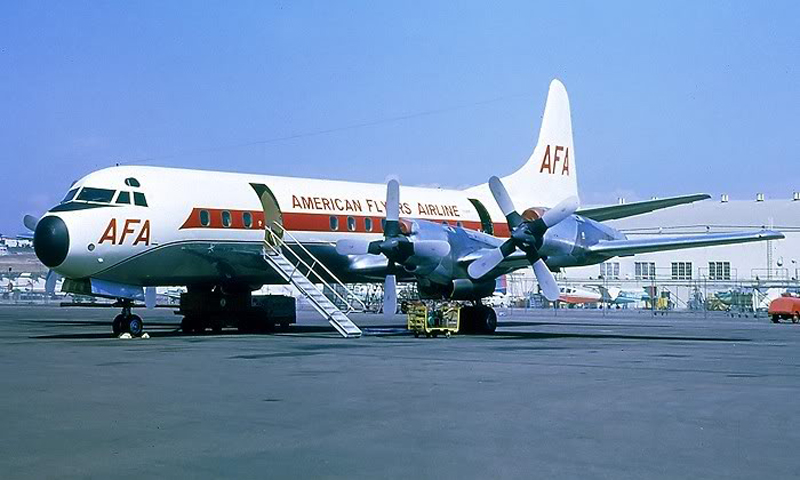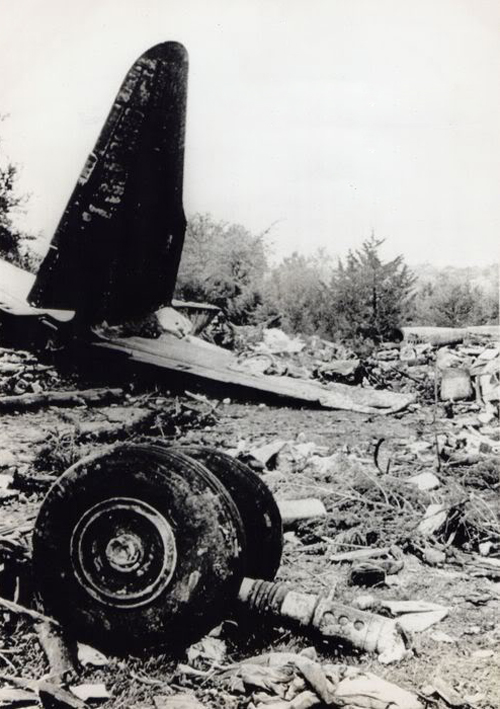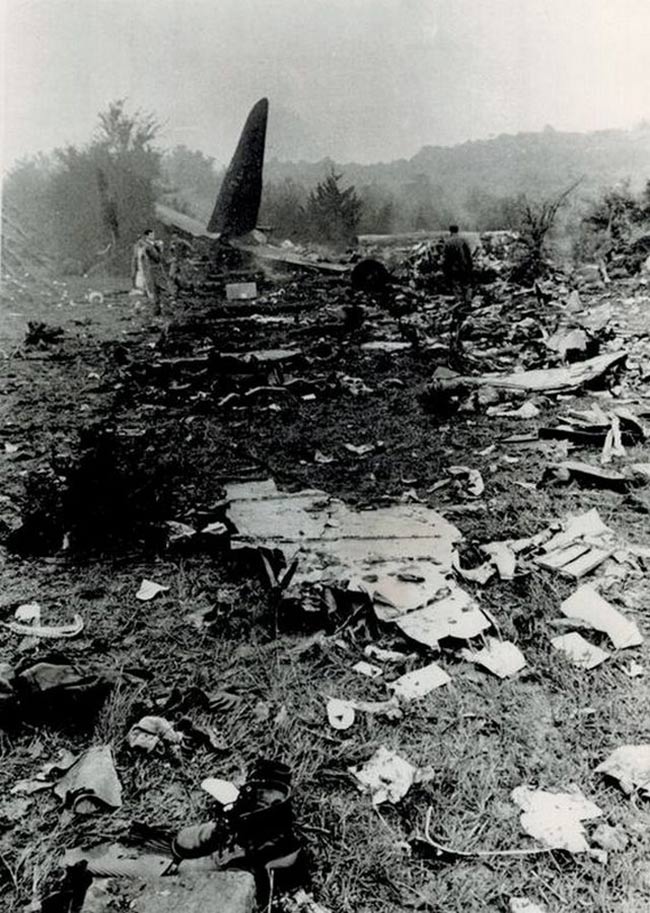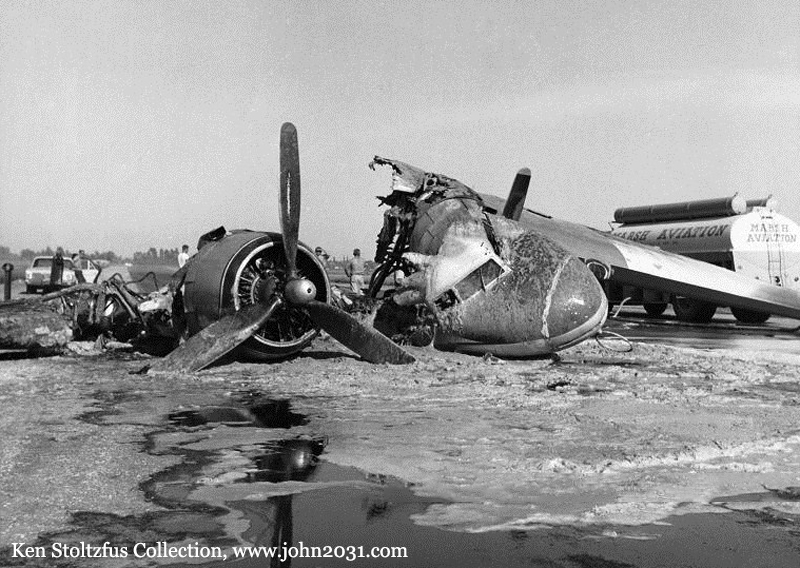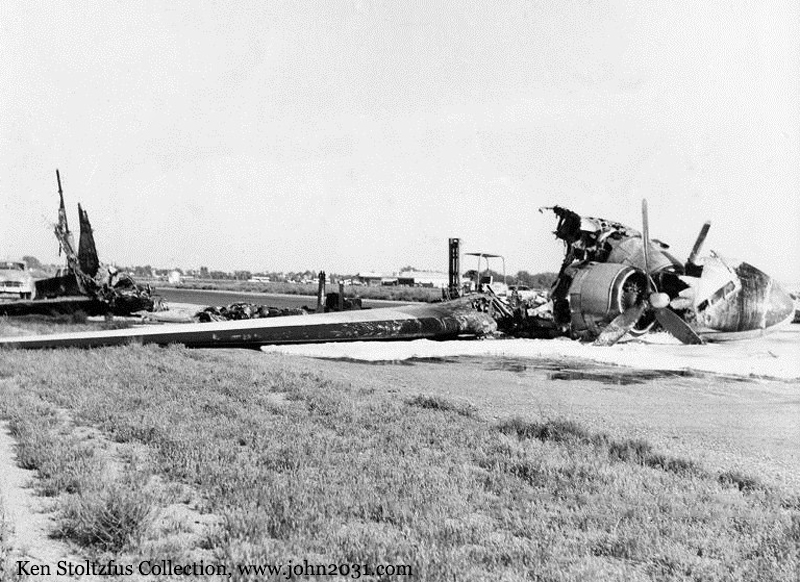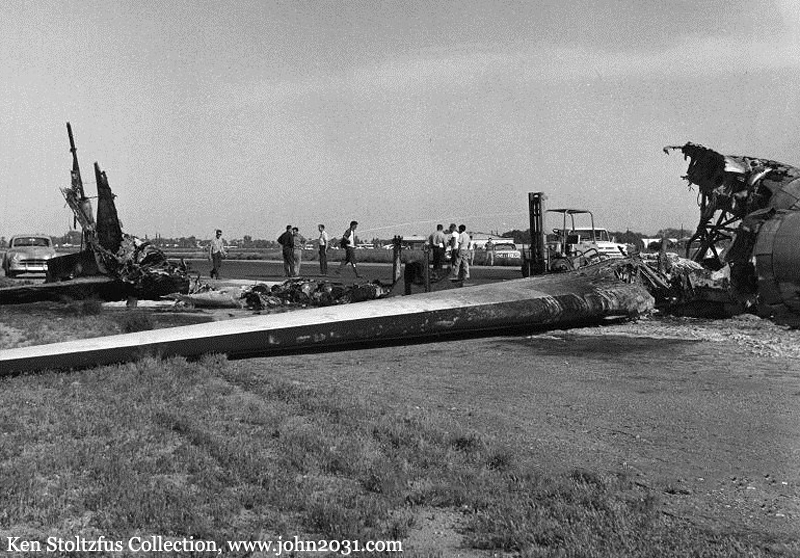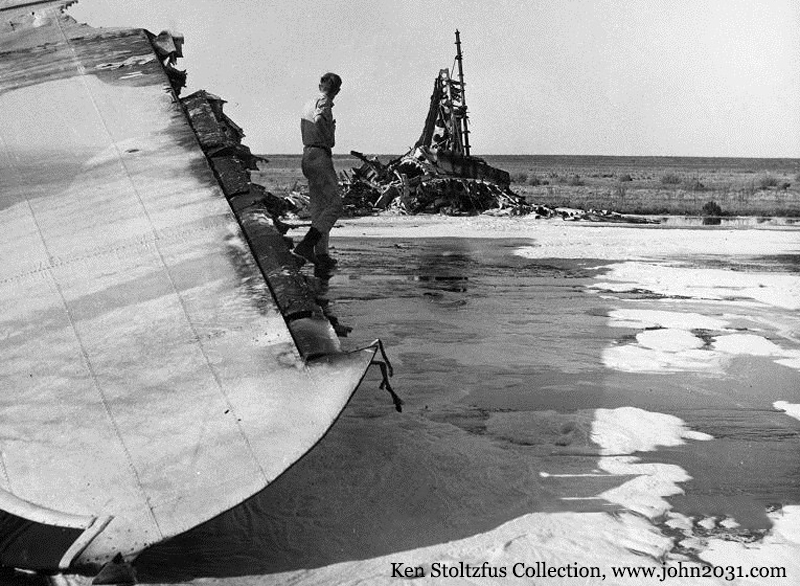Crash of a Boeing KC-135A-BN Stratotanker in Amarillo: 5 killed
Date & Time:
May 17, 1966 at 2145 LT
Registration:
57-1424
Survivors:
No
Schedule:
Amarillo - Amarillo
MSN:
17495
YOM:
1958
Crew on board:
4
Crew fatalities:
Pax on board:
1
Pax fatalities:
Other fatalities:
Total fatalities:
5
Aircraft flight hours:
3482
Circumstances:
The crew was returning to Amarillo Airport following a four-hour refueling mission. On final approach, the aircraft was unstable and banked left and right when it stalled and crashed in flames few dozen yards short of runway. The aircraft was destroyed and all five crew members were killed.
Probable cause:
Oscillating and unstable approach for undetermined reason.





